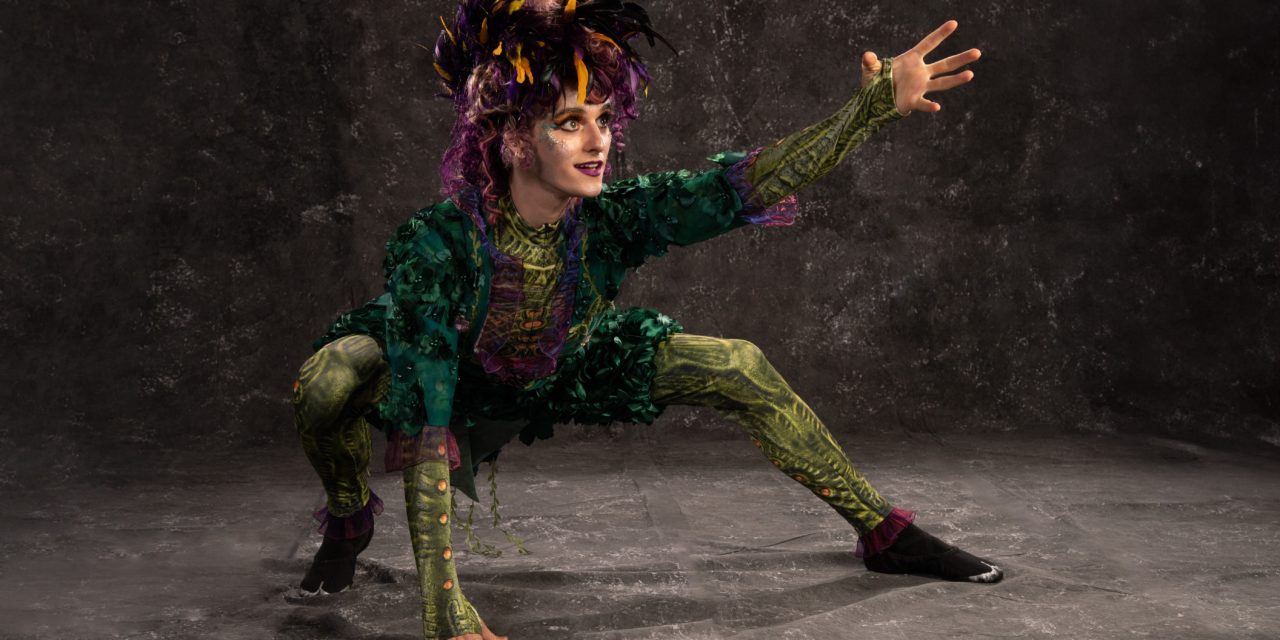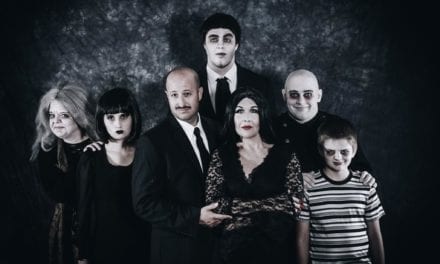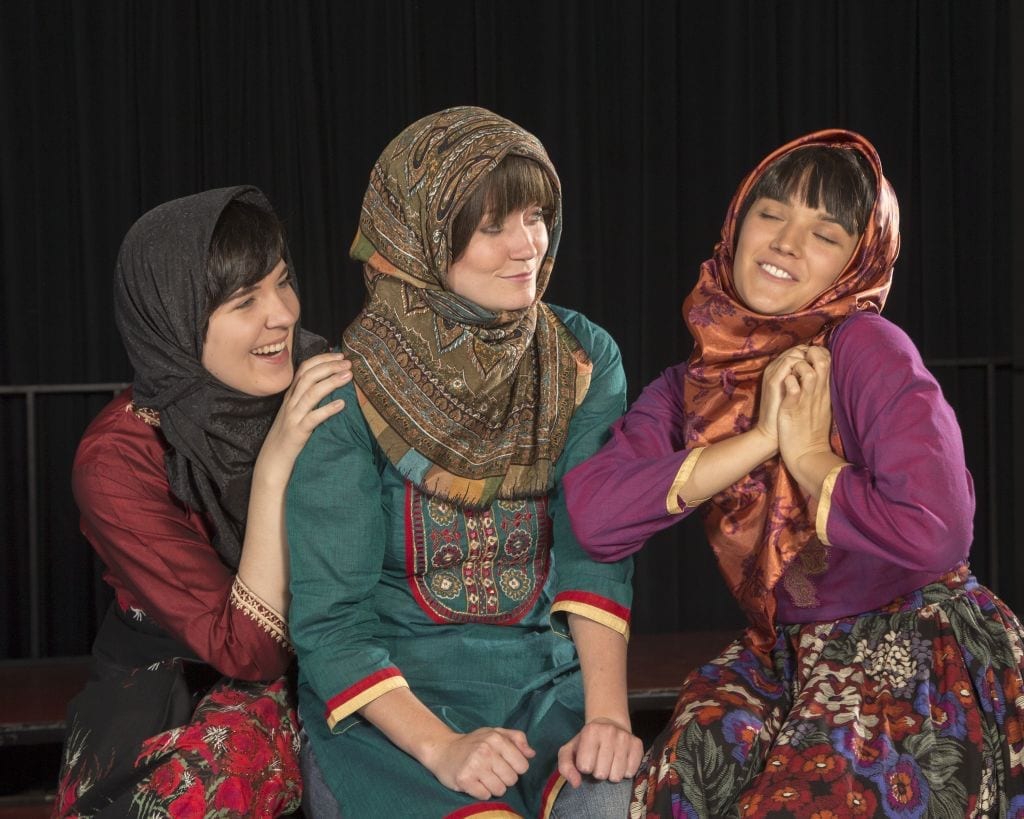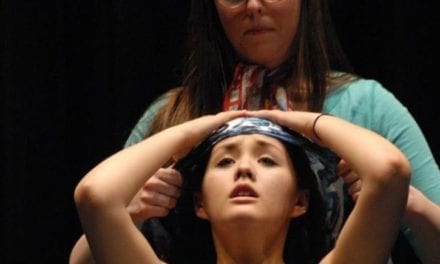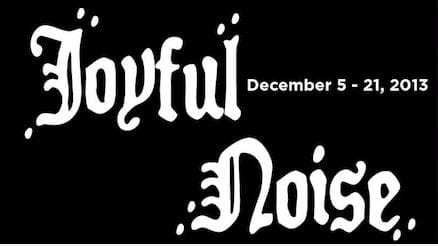CEDAR CITY — There is a peculiar magic that settles in as an audience returns to their seats at the end of intermission for an outdoor summer Shakespeare play. By now the sun has set, the air has cooled, and the magic intensifies if you take a moment to look up at the stars and reflect on the thousands of humans who have sat, listening to these same words under the same stars for hundreds of years. Moments like that are why I love theatre, and Shakespeare in particular. Rarely have I loved a summer evening with Shakespeare as much as I loved this year’s A Midsummer Nights Dream at the Utah Shakespeare Festival. Each element of this production hums with this human-created magic, including the sharp performances, the lovely original music and sound scoring, the colorful set, and the sumptuous costumes. (My word, the costumes!) I hardly know where to begin.
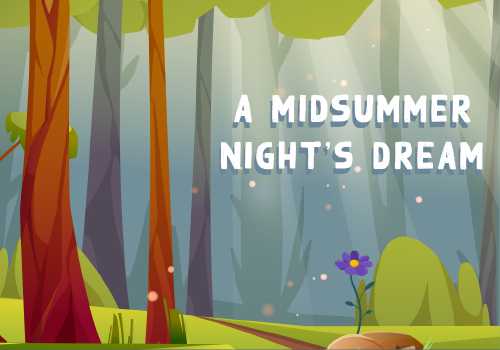
Show closes September 9, 2023.
Director Jessica Kubzansky approaches Shakespeare’s most popular work with no unnecessary agenda. From the first moments, her world-building is clear as Theseus’s local artisans prepare for his upcoming marriage to the captured queen, Hippolyta. Colors are stark in black, white and gold. Decorum is tight, and each movement is executed with right angles. The courts costumes are layered and draped gorgeously and heavily. While the conceit of a slow slide away from structured life of the Athenian court and into the wilderness of fairyland is standard fare for any production of Midsummer, Kubzansky’s vision takes this deconstruction to new heights. Where the court is stiff, still, and stark the fairyland pulses with constant movement, vivacious color, and nary a straight line to be found.
Jo Winiarski‘s set, Ann Closs-Farley’s costumes, and Joe Payne‘s musical score have merged here into a sensory atmosphere that I could happily write 10,000 words about. Every member of this design team must be congratulated, including Whitney Oppenheimer (the assistant costume designer) because this level of design work cannot be the genius of any single person. The fabrics, textures, lines, colors, and draping on walls and bodies are simply jaw-dropping. I wish I could have an hour to study the wigs, makeup, and elaborate head pieces up close. Winiarski’s sets never disappoint, and here her movable, internally lit columns are used to create, first, the stately court and then then the magical woods, with wonderful efficiency. A fireman’s pole, a beautiful spiral staircase, an enormous wicker moon, and the most perfect sugarplum fairy flower bed imaginable allow plenty of space for the actors to romp, which they do with abandon. Payne has crafted a delightful forest soundscape to underpin the show, and all the magical sounds are performed live on stage by Zina Johnstun, a mischievous fairy dubbed “Fiddlefern” in the program. I do not think a theatrical production has ever impressed me more with such extraordinary technical work.
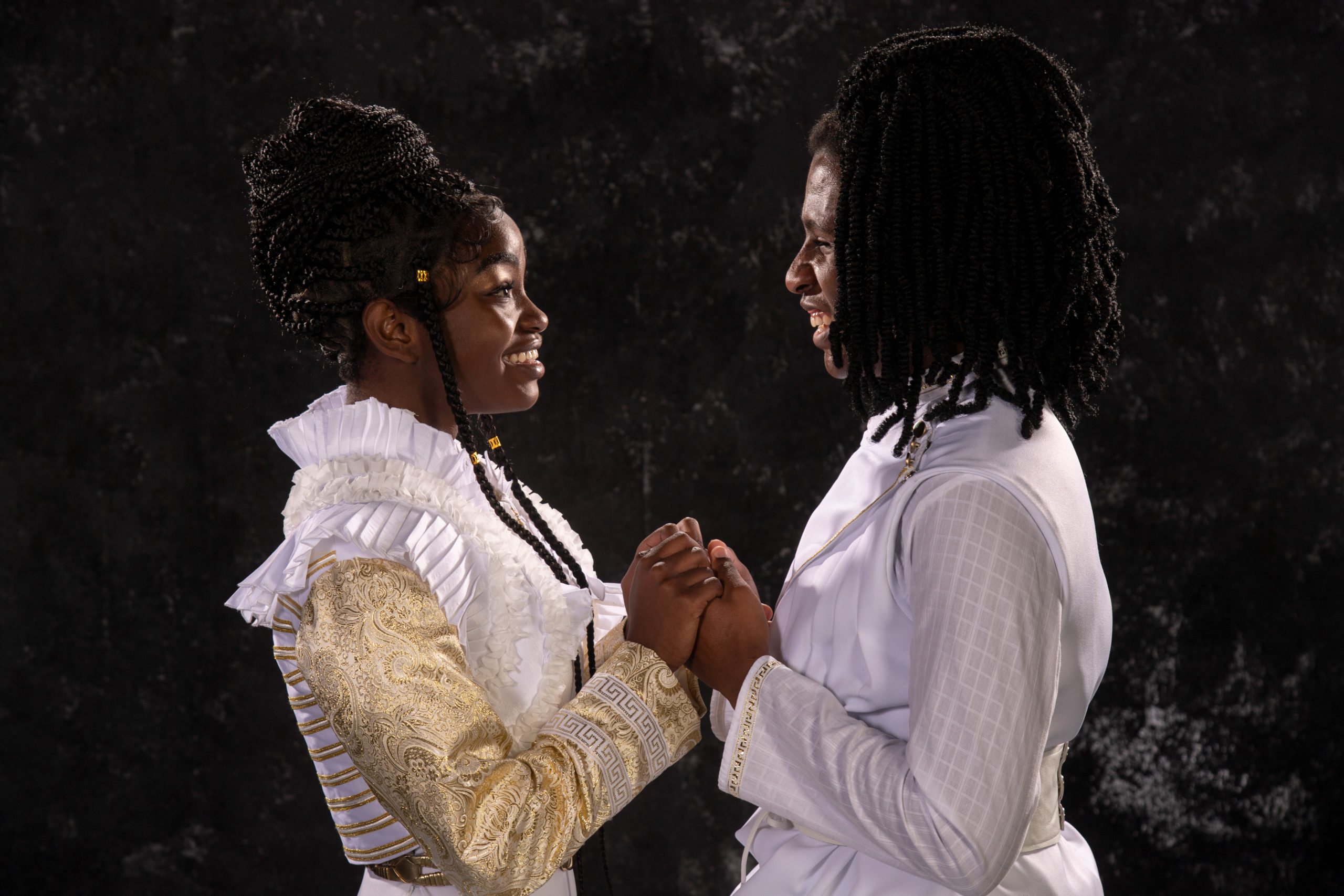
Left to right: Naiya Vanessa McCalla as Hermia and Aamar-Malik Culbreth as Lysander in the Utah Shakespeare Festival’s 2023 production of A Midsummer Night’s Dream. (Photo by Karl Hugh. Copyright Utah Shakespeare Festival 2023.)
As for the actors, traditional double-role casting works well in this show with Cassandra Bissell as both Hippolyta and Titania, Corey Jones as Theseus and Oberon, and Max Gallagher as Puck and Philostrate. The transformations of these actors to play their two roles are stunning. I particularly enjoyed the addition of Queen Hippolyta having a young child, whom Theseus is seeking to win over, just as in the fairyland. Bissell, Jones, and Gallagher are irreproachable in their vocal power and physical control. All three are using Shakespeare’s poetry and story crafting skill to every advantage. Gallagher’s physical performance, ripe with gymnastic tricks and flips, and a birdlike hypervigilance over all the action made it hard to look at anything else on stage.
Kayland Jordan’s Helena is particularly notable for her intelligence and grace. This Helena is all to aware of the absurdity of her love for the philandering Demetrius (played with roguish charm by Ty Fanning), and yet she is determined to win her love back at any risk. Hermia, performed by the sparkling Naiya Vanessa McCalla felt perfectly matched with Aamar-Malik Culbreth as Lysander. In their iconic fight scenes, these two couples provide the quadrangle such youthful innocence and romantic drama that I simply cannot imagine improving upon it.
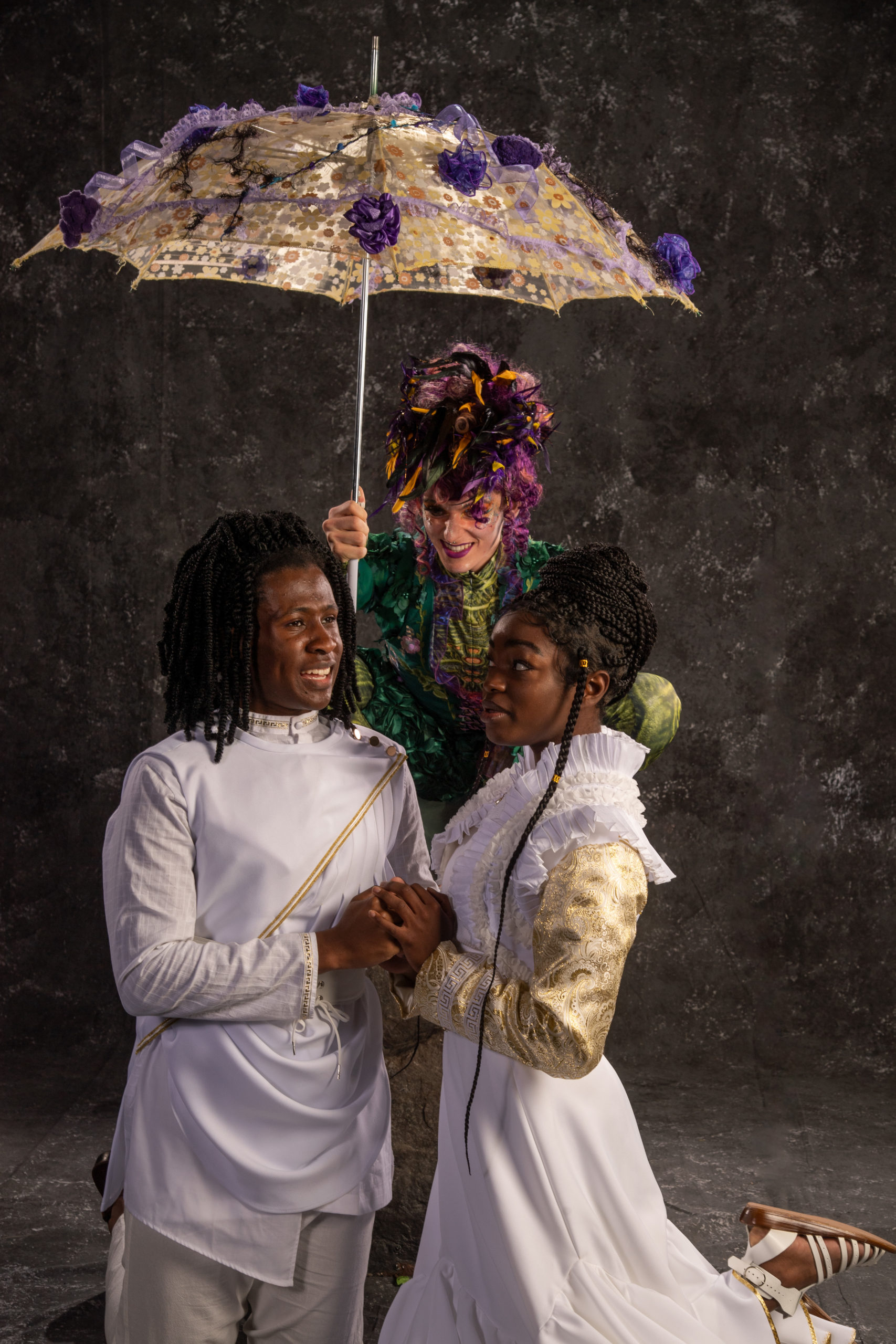
Left to right: Aamar-Malik Culbreth as Lysander, Max Gallagher as Puck, and Naiya Vanessa McCalla as Hermia in the Utah Shakespeare Festival’s 2023 production of A Midsummer Night’s Dream. (Photo by Karl Hugh. Copyright Utah Shakespeare Festival 2023.)
The most comedic elements of the show are left in the capable hands of the mechanicals, or artisans, as they call themselves here. I could write a sentence or more about each member of troupe of amateur actors who spend their scenes preparing a play, within the play, for the royal wedding. But special attention must be given to Topher Embrey as Nick Bottom. Embrey’s gorgeous voice and soulful eyes are matched by his over the top performance as the braggadocious Bottom. I hope this is the first of many times Utah audiences will have the pleasure of seeing him on this stage.
The newest production of A Midsummer Night’s Dream at the Utah Shakespeare Festival has brought together a team artists who prove to me once again that true magic is possible when passionate and talented people unite around a common vision. A dream indeed.

This review is generously supported by a grant from the Utah Division of Arts and Museums.

